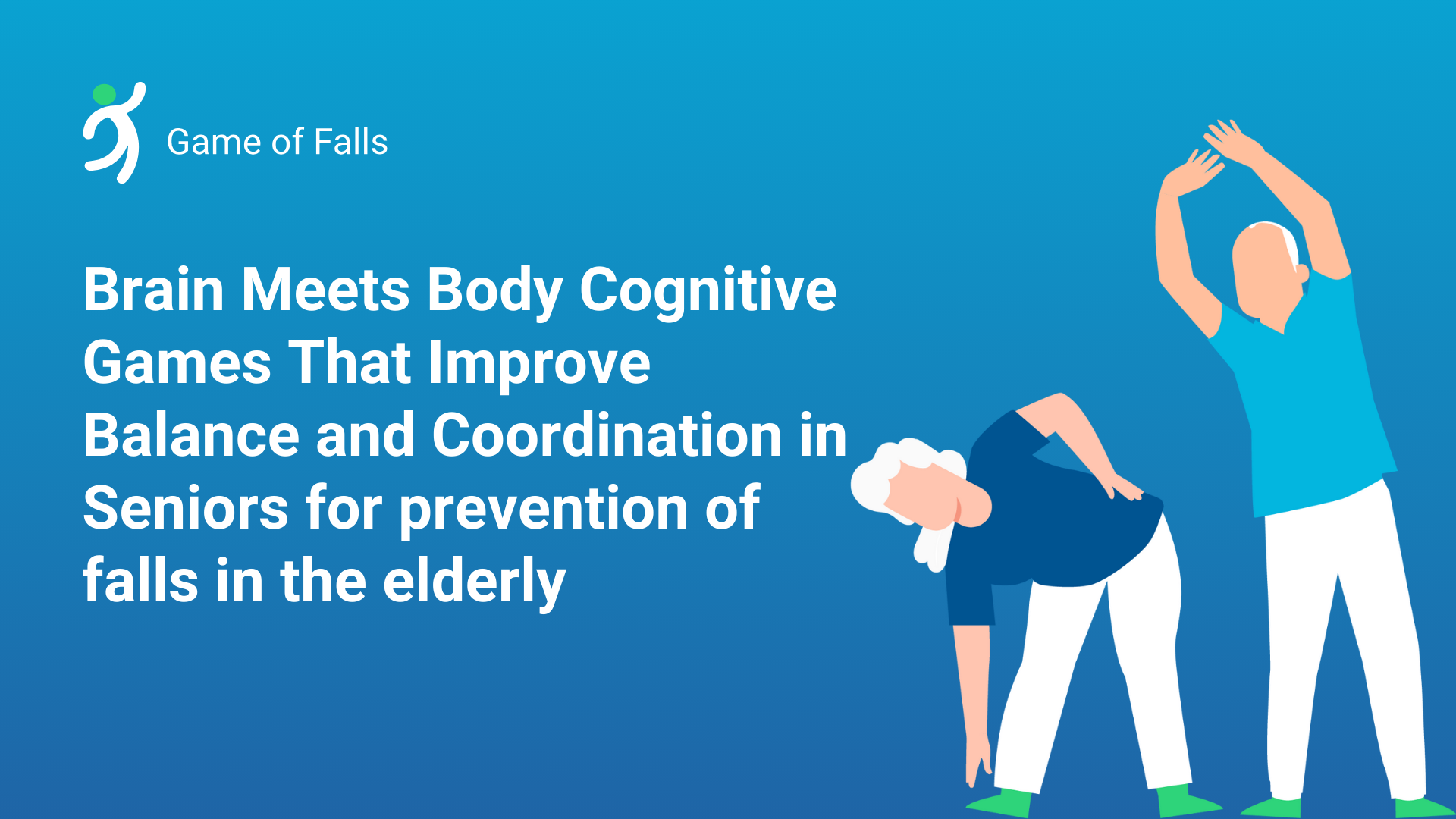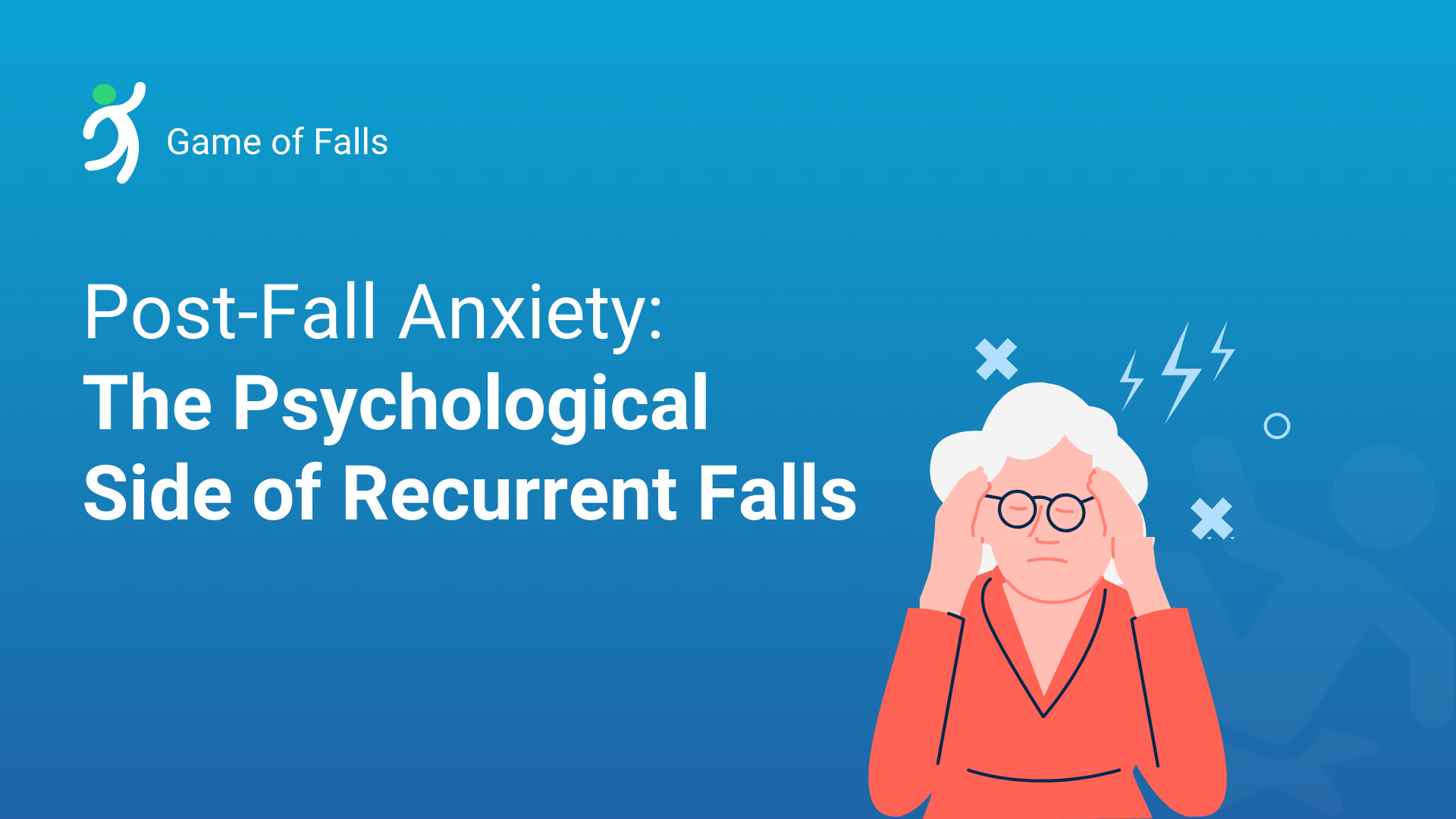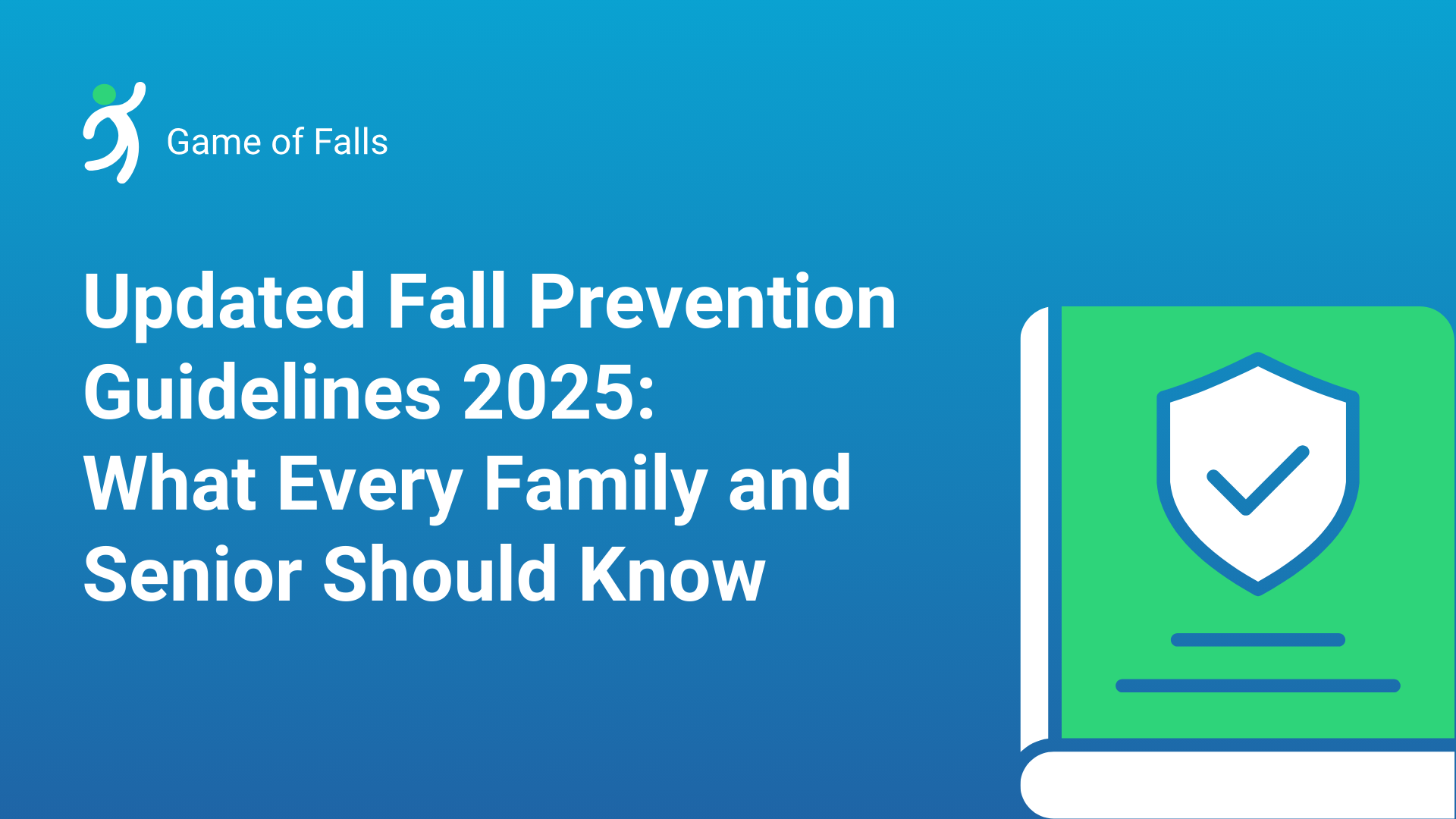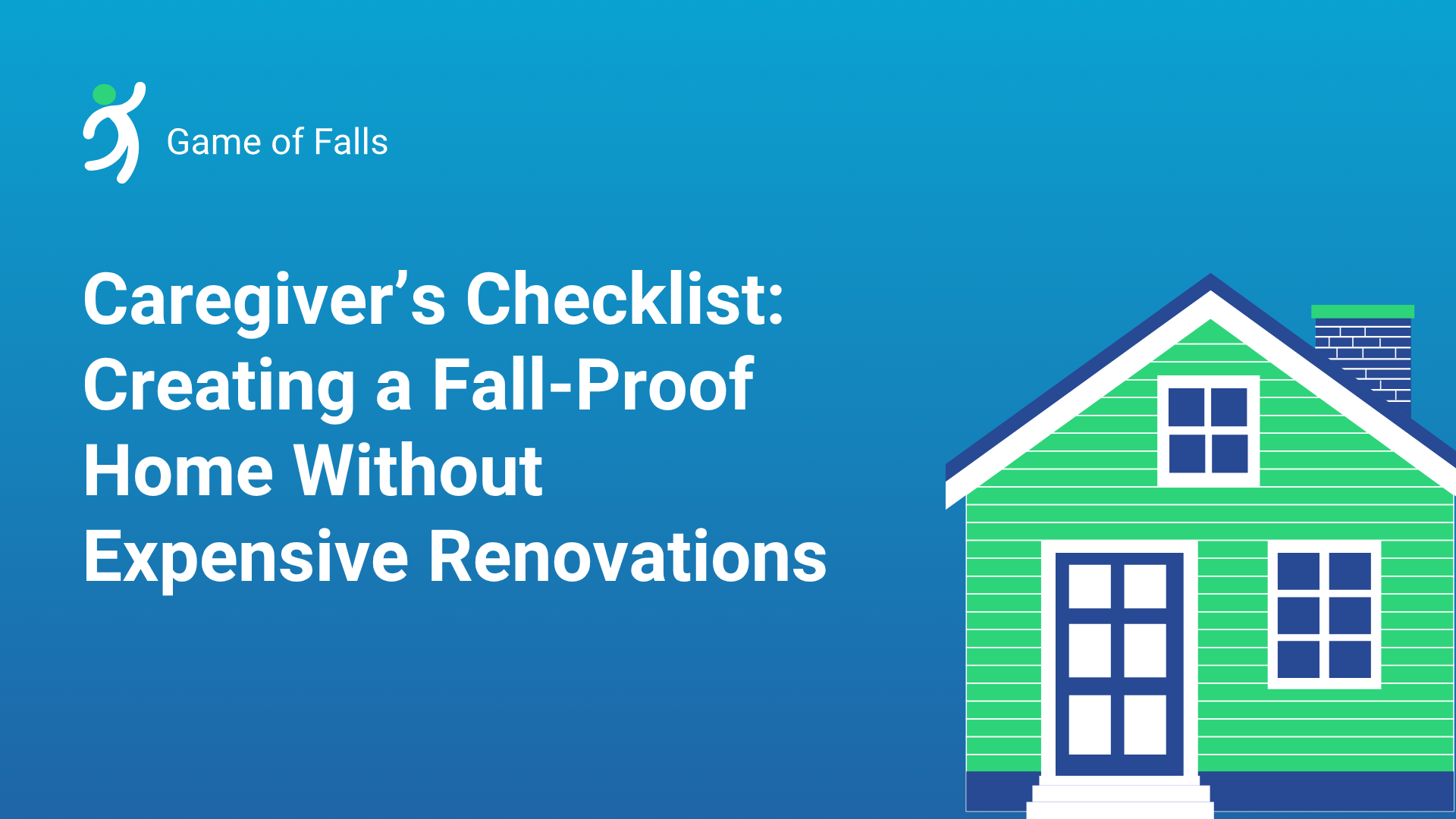
In our fast-paced world, the importance of quality sleep is often overlooked. However, its role in maintaining our health and safety cannot be underestimated. One significant area where sleep quality plays a crucial role is in fall prevention, especially among older adults.
Understanding Sleep and Its Stages
Sleep is a complex physiological process consisting of multiple stages that our body cycles through each night. These stages include light sleep, deep sleep, and Rapid Eye Movement (REM) sleep. Each stage serves a unique purpose, contributing to the body’s overall restoration and cognitive functions.
When we experience poor sleep, these stages are disrupted, which can lead to fatigue, impaired judgment, and decreased physical coordination.
The Link Between Sleep Quality and Falls

Research indicates a strong correlation between sleep quality and the risk of falls. Here’s how sleep affects fall prevention:
1. Cognitive Functioning
A good night’s sleep enhances cognitive performance. Poor sleep can lead to confusion, decreased attention, and impaired decision-making. For older adults, this can translate into misjudgment in daily tasks, increasing the likelihood of falls.
2. Physical Coordination
Sleep is essential for maintaining muscle tone and balance. Lack of sleep can lead to muscle fatigue and weakened reflexes. This impact on physical coordination can make navigating stairs or uneven surfaces more difficult and risky.
3. Vision and Perception
Quality sleep helps maintain optimal vision and perception. Sleep deprivation may cause blurred vision or slower reaction times, which are critical factors in avoiding obstacles that could cause falls.
Sleep Disorders and Fall Risk

Several sleep disorders directly impact fall risk:
1. Insomnia
Characterized by difficulty falling or staying asleep, insomnia leads to chronic sleep deprivation. This can result in persistent fatigue and increased fall risk.
2. Sleep Apnea
Sleep apnea is a condition where breathing repeatedly stops and starts during sleep. It causes disruptions in sleep cycles and leads to excessive daytime sleepiness, impairing alertness and coordination.
3. Restless Legs Syndrome (RLS)
RLS involves uncomfortable sensations in the legs and an overwhelming urge to move them, disrupting sleep. This can lead to fatigue and decreased physical ability during the day.
Strategies for Improving Sleep Quality
Given the impact of sleep on fall prevention, improving sleep quality is vital:
1. Establish a Sleep Routine
Maintaining a regular sleep schedule by going to bed and waking up at the same time each day helps regulate the body’s internal clock, promoting more restful sleep.
2. Create a Sleep-Friendly Environment
Ensure the bedroom is conducive to sleep: consider comfortable bedding, a cool room temperature, and minimal noise and light.
3. Monitor Diet and Exercise
Avoid heavy meals, caffeine, and alcohol close to bedtime. Regular physical activity can also promote better sleep, although it should not be done too close to sleeping hours.
4. Manage Stress and Anxiety
Practicing relaxation techniques such as meditation, deep breathing, or gentle yoga can reduce stress levels, helping to improve sleep quality.
5. Seek Medical Advice
If sleep problems persist, consulting a healthcare professional is crucial. They can diagnose sleep disorders and provide treatment options like Cognitive Behavioral Therapy (CBT) for insomnia or Continuous Positive Airway Pressure (CPAP) therapy for sleep apnea.
Fall Prevention in a Broader Context
While improving sleep quality is a significant step in preventing falls, it should be part of a broader fall-prevention strategy:
- Home Safety Modifications: Ensure homes are free of hazards like loose rugs, clutter, or poor lighting.
- Regular Health Check-ups: Regular vision and hearing checks can detect issues that may contribute to falls.
- Exercise Programs: Engaging in strength and balance exercises can enhance physical stability and reduce fall risk.
Conclusion
Ensuring quality sleep is a vital component of fall prevention strategies. By understanding the relationship between sleep and physical and cognitive function, individuals, caregivers, and healthcare providers can take proactive steps to improve sleep health. These efforts not only contribute to preventing falls but also enhance overall well-being, leading to a healthy and active life.
By prioritizing quality sleep, we can reduce the incidence of falls and empower individuals to lead safer, more fulfilling lives. Embracing these practices collectively creates a community where sleep is recognized as an essential pillar of health and safety.
Think of the brain as the conductor and the body as the orchestra. When they stay in rhythm, every step lands with confidence. Cognitive games train that rhythm by blending thinking with movement. You learn to notice hazards, choose safe actions, and move with intent. Cognitive training supports attention, memory, and decision speed. These skills […]
The conversation about falls in the elderly often revolves around physical injuries, but there’s another side to this story: the silent, creeping fear that can tiptoe into seniors’ lives post-fall. This anxiety does more than cloud the mind; it can withdraw a person into a shell of inactivity and solitude, paving the way for more […]
Falls among older adults remain a top public health concern in the United States. They cause serious injuries, loss of independence, and even death. To address these challenges with fresh focus and innovation, the US has introduced updated Fall Prevention Guidelines in 2025. These new recommendations offer families and seniors actionable strategies to prevent falls […]
For many seniors living in the U.S., home isn’t just a place; it’s a feeling. Until a fall happens. Falls can be a huge deal for older adults, and they’re actually the top cause of injuries in this age group. The good news, though, is that most of these tumbles happen at home, and with […]






